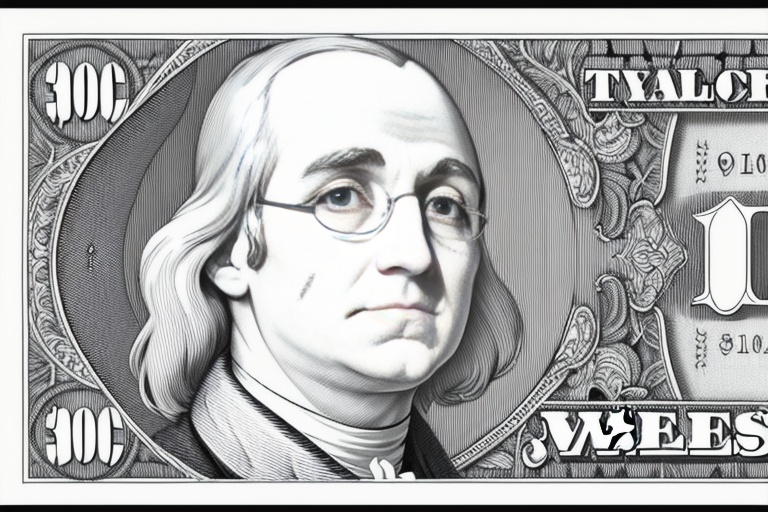The fascinating world of numismatics, which is the study of coins, paper money, and other forms of currency, engages a wide range of individuals, from collectors and historians to investors seeking unique and potentially valuable items. Both the casual enthusiast and the serious numismatist can find joy and a sense of accomplishment when adding a rare or significant piece to their collection, and the thrill of the hunt is often just as rewarding as the acquisition. This realm is not just about amassing a trove of coins—it's about appreciating each item's inherent artistry, history, and the story it tells about the culture from which it originated.
The fascinating world of numismatics, which is the study of coins, paper money, and other forms of currency, engages a wide range of individuals, from collectors and historians to investors seeking unique and potentially valuable items. Both the casual enthusiast and the serious numismatist can find joy and a sense of accomplishment when adding a rare or significant piece to their collection, and the thrill of the hunt is often just as rewarding as the acquisition. This realm is not just about amassing a trove of coins—it's about appreciating each item's inherent artistry, history, and the story it tells about the culture from which it originated.
Understanding Numismatics: More Than Just Coin Collecting
Numismatics is a field that encompasses much more than simply collecting coins—it's an academic discipline that delves into researching and understanding the origins, history, and usage of currency. Engaging in numismatics means not only recognizing the aesthetic and historical aspects of currency but also grasping the intricate details that make a coin or banknote particularly rare or valuable.
Unlike economists, who evaluate money based on its function in fiscal systems, numismatists are intrigued by the physical characteristics and the context behind money. They meticulously investigate how coins and banknotes are conceived, including the materials, design processes, and technological advancements involved in their creation. Collectors often seek out items that stand out due to their rarity, the peculiarities in their production, or their own personal historical narratives.
A prime example illustrating the deep-seated importance of numismatics is the American Silver quarters from the 20th century. Initially intended to be worth a mere 25 cents, some of these quarters have fetched prices in the tens of thousands of dollars at market due to their limited production and distinctive place in history. The price these collectible coins can command goes far beyond their nominal value or the intrinsic worth of the metal they contain.
The Economic Influence and Investment Potential of Numismatic Coins
An intriguing aspect of numismatics is its intersection with economic principles, particularly Gresham's Law. This economic axiom suggests that "bad" money—currency which is perceived to hold less value—will circulate in greater quantities than "good" money, which tends to be hoarded and removed from active use. Numismatic coins are the epitome of this law, as their perceived value among collectors ensures that they are rarely spent as currency. Instead, they are safeguarded and often seen as a form of investment, with enthusiasts banking on their value appreciating over time.
The act of collecting coins leads to an interesting sidelight in the marketplace. Since these coins are effectively removed from circulation and are no longer performing their original function as legal tender, they establish a new identity as commodities, prized for their rarity, condition, and the stories they represent.
A Legacy of Learning and Community: Organizations Furthering Numismatic Knowledge
The rise of organizations devoted to numismatics has done much to elevate the status and spread the joy of this field. Among such groups is the American Numismatic Society, which was established in 1858. Its mission is to cultivate public interest and knowledge about coins, medals, and currencies. As an intellectual hub, the society boasts an extensive collection that chronicles the evolution of monetary systems from ancient times to the present day.
These societies provide more than just archival and display purposes—they serve as social and educational platforms where like-minded individuals can convene to exchange ideas, share discoveries, and foster the growth of numismatic studies. The collective work of these organizations ensures that numismatic knowledge is accessible to a broader audience and encourages appreciation for this discipline.
The Path to Becoming a Numismatist
A numismatist's journey is filled with continuous learning and a commitment to understanding the nuances of currency. In the United States, becoming a recognized numismatist involves taking specialized courses that delve into the breadth of numismatic knowledge, from the basics of coin grading to the complexities of currency production. Following rigorous coursework is a comprehensive exam consisting of 200 questions that cover a wide range of topics within the field.
Indeed, the process of becoming an expert in numismatics is not undertaken lightly—it demands dedication, a keen attention to detail, and a genuine passion for the history and art of currency. With these qualifications and a persistent drive for education, numismatists contribute significantly to the vibrancy and continuous evolution of their chosen field.
Engaging in numismatics opens up a rich tapestry of history, art, and economics, allowing individuals to connect with the past in a tangible way. Coins themselves become storytellers, each one offering a glimpse into the technological capabilities, artistic tastes, and societal structures of its time. The pursuit of coin collecting and valuation is a journey, offering endless learning experiences and the pleasure of contributing to the preservation and understanding of history through the lens of currency.
Information for this article was gathered from the following source.


